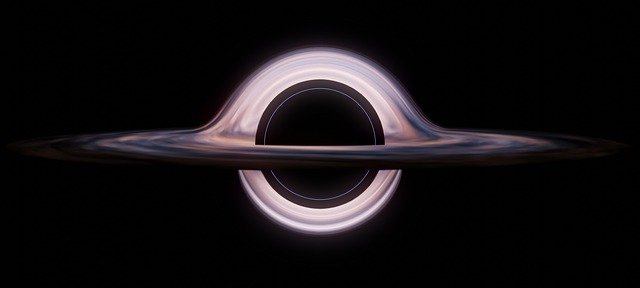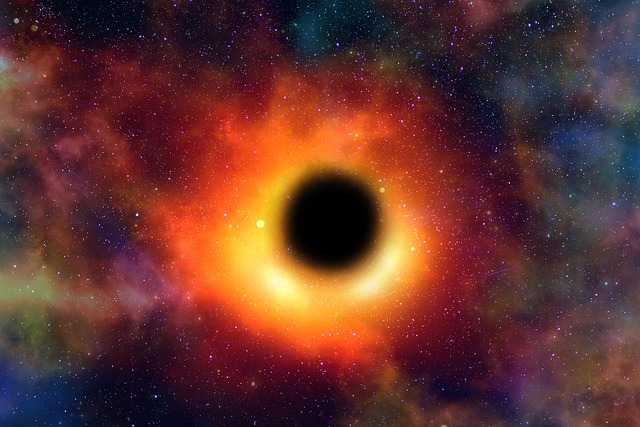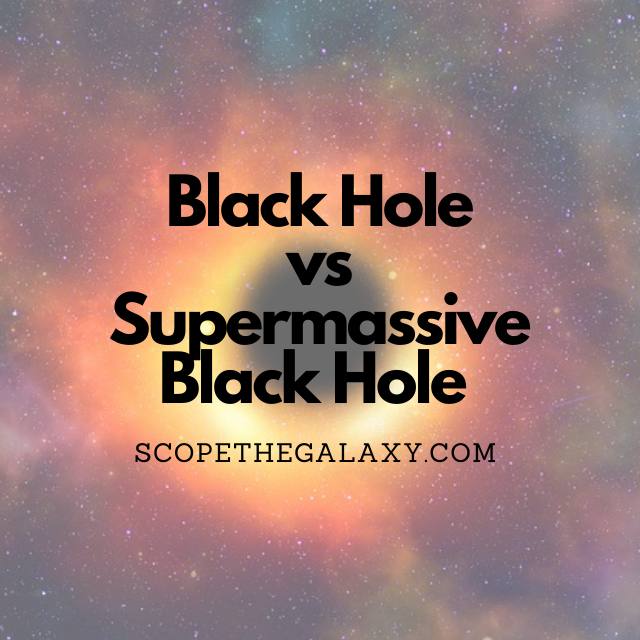*This post may contain affiliate links. This means we may make a commission if you purchase an item using one of our links*
Although black holes and supermassive black holes function in a similar manner, from the way light is unable to escape its vicinity, its effects on space and time and how they both initially form from the death a larger star, there are some very obvious differences between the two.
The main differences between a black hole and supermassive black hole is that supermassive black holes can be upwards of billions of solar masses kilometeres in size, are located in the center of galaxies and in turn would have a magnetic field and gravity far eclipsing most if not all celestial objects in density. Normal black holes are just far smaller in every aspect.
Continue reading if you want a more detailed breakdown of both black holes types as well as the similarties and differenced between the two.
What Is A Black Hole?
Table of Contents

A black hole is created when a large star about 3 – 4 solar masses large collapses below its Schwarzschild radius causing a supernova explosion. The density of the star creates a massive gravitational pocket and pulls everything within its vicinity into it.
The edge of a black hole is known as the event horizon and once something crosses this point, there is no escape. The gravitational pull of a black hole is so immense that even light is sucked inside.
All objects pulled in are subjected to an unimaginable crushing gravitational force as they are pulled toward the super dense end point of the black hole known as the singularity.
Black holes can be split into a variety of different types such as a intermediate mass black hole, stellar mass black hole and the supermassive black hole I’ll be covering below.
Stellar mass black holes are formed by the death of a large star collapsing inward on itself and tend to be around 3 – 10 solar masses.
An intermediate mass black hole are larger variants of the more typical stellar mass black holes as their mass will range between 100 – 1000 solar masses.
They may form be acquiring stars within its reach, to grow in mass however, we do not have a ton of research on the specifics on how they acquire stars as research on these objects is still in its infancy.
As for what a supermassive black hole is and how they are formed, that’ll be discussed in more detail below.
What Is A Supermassive Black?

As the supermassive in its name would suggest, these black holes are the biggest sub type of a black hole by a substantial amount.
Supermassive balck holes are always located in the center of galaxies and happen to be very very big, with their solar masses in the millions to potentially billions.
In fact the largest black hole discovered is so big in both size and mass that it literallys makes Sagitarrius A* (the Milky Way’s supermassive black hole) that is 4.5 million solar masses and 23.5 million kilometers, look tiny in comparison.
This supermassive is found in the center of Messier 87 and is roughly 6.5 billion solar masses with a diameter at 125 billion kilometers. Considering it is 55 million light years away from us and was still the first black hole to have been photographed really shows how massive this entity truly is.
In the context of any normal galaxy, this isn’t much at all but the differences between your smaller and larger supermassive black hole is extremly vast.
As for how these are fromed, it follows the same formula as any of the other variations, it’s just that over the years a supermassive black hole, like an intermediate mass star supermassive black holes have been acquiring stars and even entire star clusters that fall within its reach to grow bigger.
Most of these black holes were formed at the beginning of the universe. This makes a lot of sense especially taking into account the closer proximity of entities back than as well as the it should logically likely take billions of year to amass as much mass they have right now.
Arguably the brightest objects in our universe, quasars, are most commonly found around supermassive black holes, espcially those that are on the more active side.
How Are Black Holes And Supermassive Black Holes Similar
All black holes are formed in the same way initially, through the death of a large star generally around 30+ solar masses in size.
They are all extremely dense objects that allow no light to escape when within their even horizon, are able to dilate space and time, can consume other celestial objects to grow in size, and are both dark and amongst the coldest entities in the universe, where they are as close to absolute zero as can be.
It is also possible for both types of black hole to shrink in size and dissolve via the hawking radiation principle.
In the end of the day, both entites are practically the same yet, are very different due to their size discrepancies.
Differences Between Black Holes And Supermassive Black Holes
The main differences between the smaller and supermassive black holes include the following:
- The typical black hole can be anywhere from 3 – 1000 solar masses whereas supermassive black holes are anywhere from millions to billions of solar masses.
- Supermassive black holes are in turn much bigger in diamter where they could theoretically encompass hundreds of billions to trillions of kilometers in width.
- Quasars can form within the outer regions of a supermassive black hole.
- supermassive black holes are always found in the center of a galaxy (as far as we know) whilst normal and intermediate galaxies can be found scattered throughout any given galaxy.
- As supermassive black holes are bigger, it will also take it far longer to dissolve via hawkings radiation than the smaller alternatives.
- Supermassive black holes have magnetic fields and gravity far eclipsing that of the smaller variants
Summary
Supermassive black holes in general terms are just the biggest variant of any give black hole but, the core principles of how black holes function aren’t significantly different.
It’s just that one simply is a bloated up variation of the other, where it has had billions of years to expand through the acquisition of stars and even whole star clusters in its lifespan.

